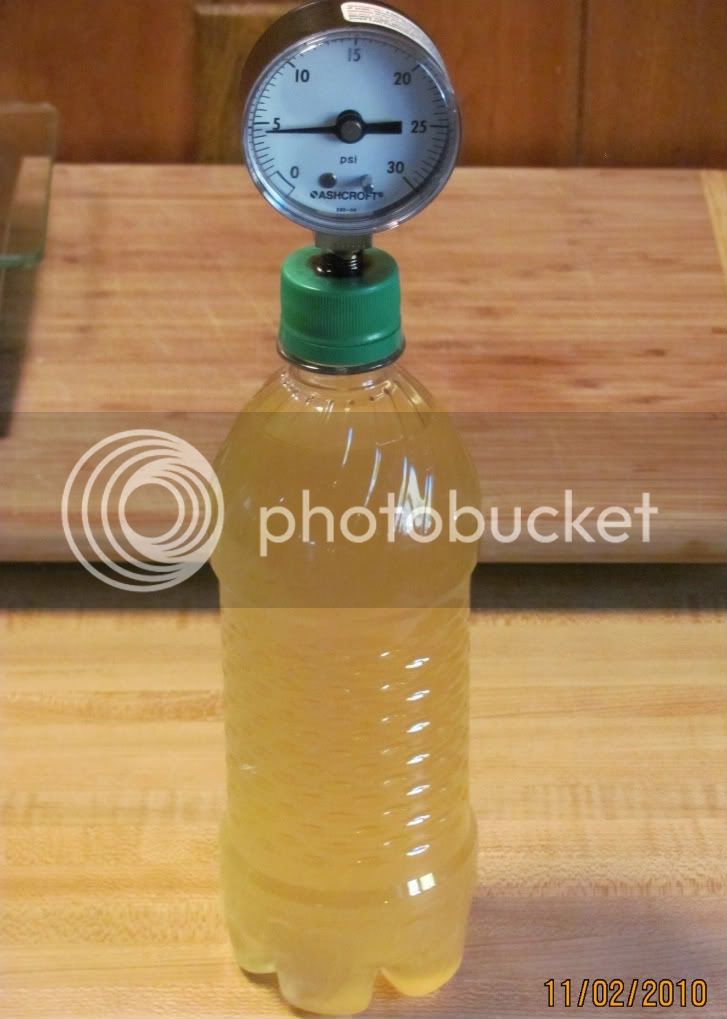shallowzend
Member
Howdy everyone, I'm looking to make my first batch of beer soon. I have been doing a little research but I'm sure experience is everything when brewing beer.
I want to make a very simple small batch of beer, darker the better. I've read you can cook it and then let it ferment in growler jugs (carlo rossi jugs in my case)
how important is bottling the beer? It seems it ferments the beer a little more and carbonates it, does it do more? I also read I can just bottle it in plastic bottles (for like juice and soda). I'm always traveling so I need to keep equipment to a minimum.
If anyone has any good links for a starter or instructions on making a small batch (about a gallon) of beer, any help or direction is greatly appreciated.
Thanks!
I want to make a very simple small batch of beer, darker the better. I've read you can cook it and then let it ferment in growler jugs (carlo rossi jugs in my case)
how important is bottling the beer? It seems it ferments the beer a little more and carbonates it, does it do more? I also read I can just bottle it in plastic bottles (for like juice and soda). I'm always traveling so I need to keep equipment to a minimum.
If anyone has any good links for a starter or instructions on making a small batch (about a gallon) of beer, any help or direction is greatly appreciated.
Thanks!




